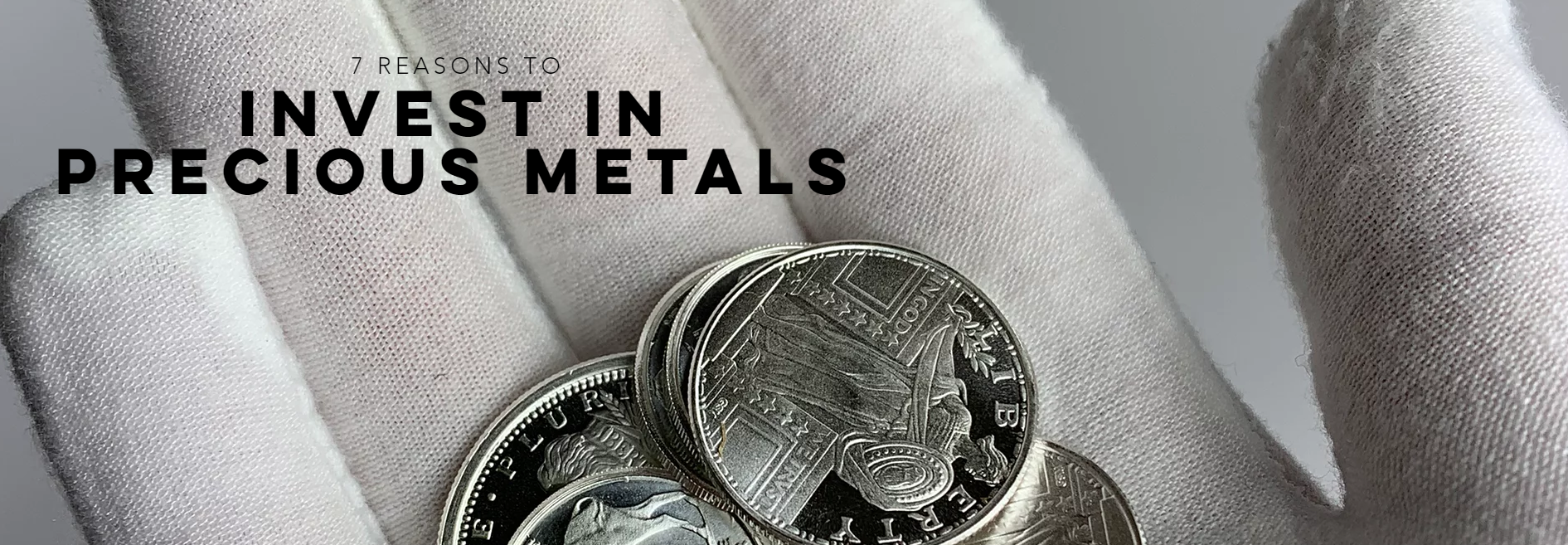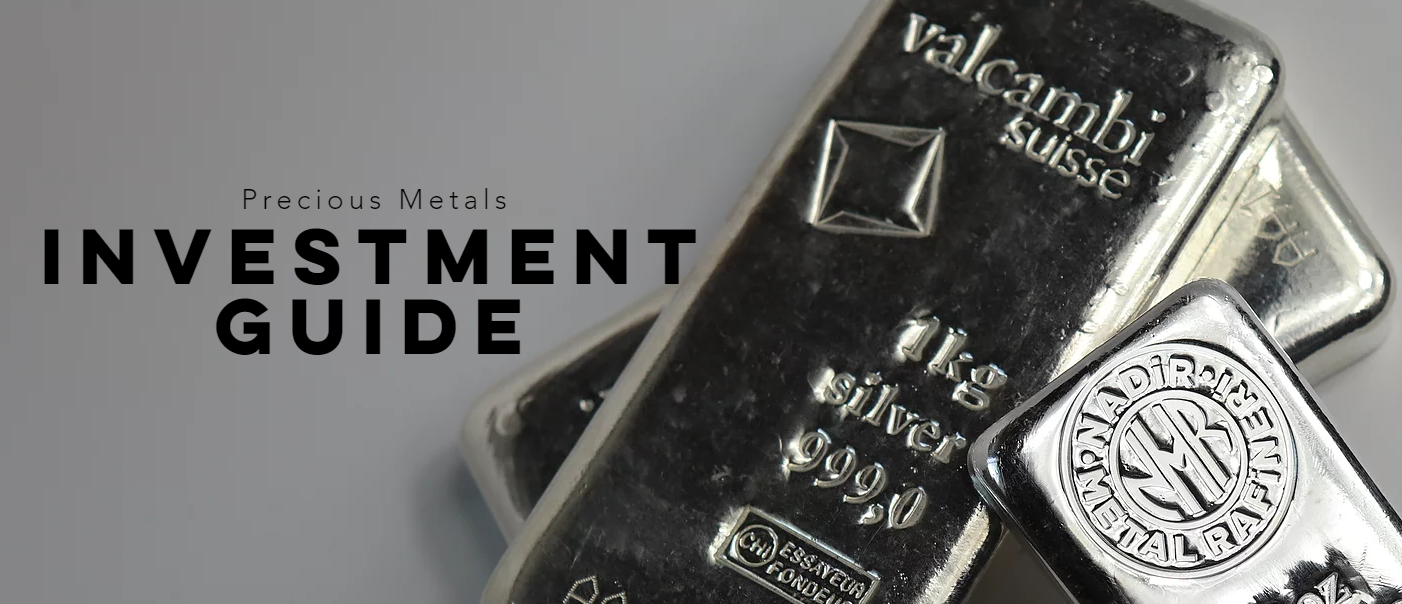Tyler Robinson - March, 21st 2023
Changes to Coin Grading: Numismatic Guaranty Corporation

For years Numismatic Guaranty Corporation (NGC) and it’s subsidiaries have been grading exceptionally fine, rare and vintage coins, paper money, comic books, baseball cards, among other collectible items. Most collectibles are graded on a scale from 1 to 10 but since NGC’s founding in 1987 a 1 through 70 scale had been used. In some instances, more modern coins will now be graded on the new NGCX scale.
Coins that qualify for the new scale will be coins minted in 1982 to present, however, regular submissions for NGCX grading are not currently being excepted. Currently, only a select few retailers (starting in January of this year) can submit and sell numismatic items graded on the new scale. Furthermore, as with any coin graded by NGC an archive will be made to track how many specimens of the various grades are in existence.
NGCX 10-point Coin Grading Scale
- 1 – Just enough detail to tell what kind of coin it is
- 1.5 – Most words are legible but the rim of the coin is worn down to the field
- 2 – Wording and numbers around the edge are nearly full but rims exhibit wear
- 2.5 – Wording and numbers around the edge are nearly full and rims are sharp
- 3 – Coin is worn throughout, letters and digits both show softness
- 3.5 – Coin is worn throughout, letters and digits show less softness
- 4 – Recessed areas on the coin show softness but letters and digits are sharp
- 4.5 – Recessed areas on the coin show less softness but letters and digits are sharp
- 5 – A coin with moderate design detail and letters and digits are sharp
- 5.5 – A coin with nearly complete detail but has softness on the design areas
- 6 – A coin with nearly complete detail and less softness on the design areas
- 6.5 – A coin with complete detail but shows wear on all of the high points
- 7 – A coin with complete detail but with minor wear on most of the high points
- 7.5 – A coin with complete detail but with minor wear on some of the high points
- 8 – A coin showing slight wear more than 50% of the design. Full details except for minor softness on the high points.
- 8.3 - A coin showing slight wear on more than 50% of the design. Full details except for very minor softness on the high points.
- 8.5 - A coin showing slight wear on less than 50% of the design. Full details visible.
- 8.8 - A coin showing slight wear on the highest points of the design. Full details visible.
- 9 - A coin with an average strike and no trace of wear, but more marks and/or multiple large abrasions
- 9.1 – A coin with a slightly weak or average strike that has no trace of wear, but more or larger abrasions.
- 9.2 – A coin with a slightly weak or average strike that has moderate abrasions and hairlines of varying sizes.
- 9.3 – A coin with a good strike, but several obvious marks or hairlines and other miniscule imperfections.
- 9.4 – A well struck coin with moderate marks or hairlines.
- 9.5 – A very well struck coin with minimal marks or hairlines.
- 9.6 – A very well struck coin with negligible marks and hairlines.
- 9.7 – A sharply struck coin with only a few imperfections.
- 9.8 – A very sharply struck coin with only miniscule imperfections.
- 9.9 – A fully struck coin with nearly imperceptible imperfections.
- 10 - A pristine coin with no post-production imperfections visible at 5x magnification.

Sheldon 70-point Coin Grading Scale
NGC adopted the original grading system for coins that was developed in 1949 by William Herbert Sheldon, known as the Sheldon Coin Grading Scale. NGC added some modifiers to the scale to facilitate the identification of small, complex details that coins may have. Here is the entire grading system in detail.
Strike Type
The two letter code before a number grade is that coins designated strike type which describes the method of production which indicates overall appearance of the specimen. There are three possible strike types designations which are Mint State (MS), Proof (PF) and Specimen (SP).
- MS – Mint State. Coins struck in the same format as circulation issues. Applies to grades 60 to 70.
- PF - Proof. Coins struck in a special format for collectors.
- SP - Specimen. A hybrid between Mint State and Proof.
Plus & Star Designation
Some distinguished coins at the higher end of graded assignments are annotated with either a + symbol or ★ symbol if they meet the following specifications.
- + - Assigned Plus Designations are added to a coins grade if they are close to the next grade. For example, if a coin is graded at MS/PF 65 lacking only minor detail from rating a MS/PF 66 the coin will be graded as a MS/PF 65+. Plus designated coins must also have an above average-eye appeal. Editors note, a reader pointed at that only coins graded XF 45 or higher are eligible for the + designation. Thank you!
- ★ – Assigned only to specimens with an exceptional eye appeal for their respective grade. While the term is subjective, there are many standards the graders and numismatists at NGC look for. Some of these, according to their website are “vibrant, colorful toning; intense luster; or, in the case of Proof coins, especially strong cameo contrast.” In addition to this they state that the specimen “must be free of any obvious planchet irregularities and display no bothersome spots or blemishes. Toned coins can be of a single color or multicolored but cannot have any areas that are dark brown, approaching black.”

Image showcases the new NGCX Grading System. Photo credit to ngccoin.com
Release Designations
Mints from around the world cater to coin collectors and allow for special releases. NGC and PCGS offer release designations as apart of their grading process, so as these releases can be proven. Below are a few examples of these special release markings, to see a full list of all release designations here.
- First Year of Issue – This denotes the first time a coin exists of a particular series. For example, a graded 1 oz South African Silver Krugerrand Coin that was minted in 2017 would automatically receive this designation.
- Specific areas of certain coins are of special interest to numismatists, these particular areas will sometimes receive a designation. You can get into the weeds on this particular subject but it is quite interesting. There are dozens of Strike abbreviations slabbed coins can receive, click here for a full list of strike marks.
Strike Characteristics
Specific areas of certain coins are of special interest to numismatists, these particular areas will sometimes receive a designation. You can get into the weeds on this particular subject but it is quite interesting. There are dozens of Strike abbreviations slabbed coins can receive, click here for a full list of strike marks.

NGC Releases Designations
Thank you for reading, we hope you enjoyed this update. Comment below if you think we should release a “Slab Crate” subscription where instead of brilliant uncirculated bullion, we send out slabbed numismatic specimens of various grades. As always, if you need anything at all let us know via the contact form.
This is in no way to be considered investment advice. Past performance is no guarantee of future results. Asset allocation and diversification do not ensure a profit or guarantee against a loss. Keep in mind that any form of investing involves risk and you should always consult with your financial advisor before making any financial decisions. Investor Crate, LLC., it's subsidiaries and staff will never advise you on any asset as our aim is to provide a fun and affordable service should you decide to purchase Precious Metals.
Keep in mind that investing involves risk. The value of your investment will fluctuate over time, and you may gain or lose money.




Great to know about the star designation and other good info.
the fees mean u start from well behind
hello
Thanks for sharing – some people will find this information very helpful!
Like with anything it’s important to learn the intricacies of how things are done